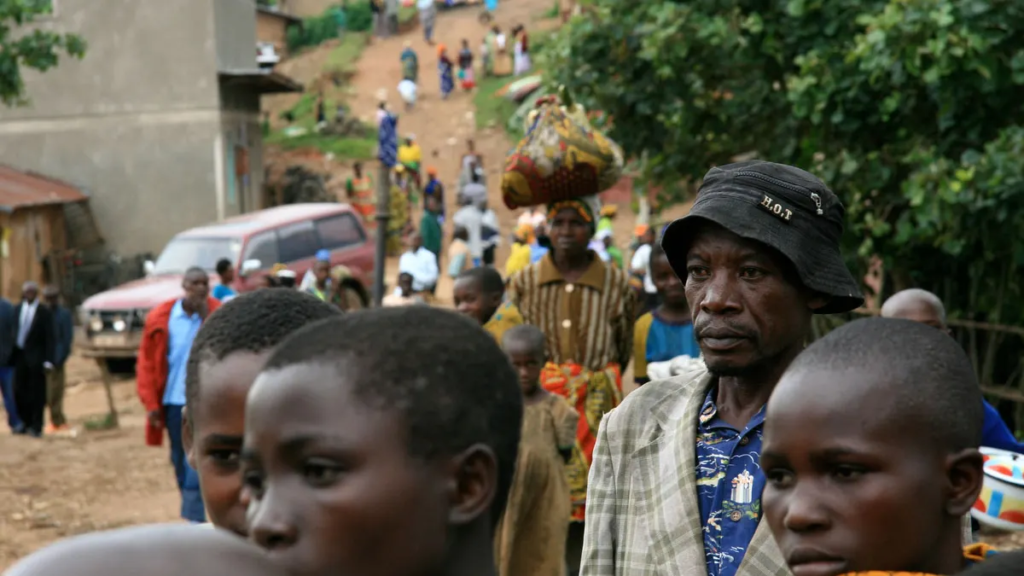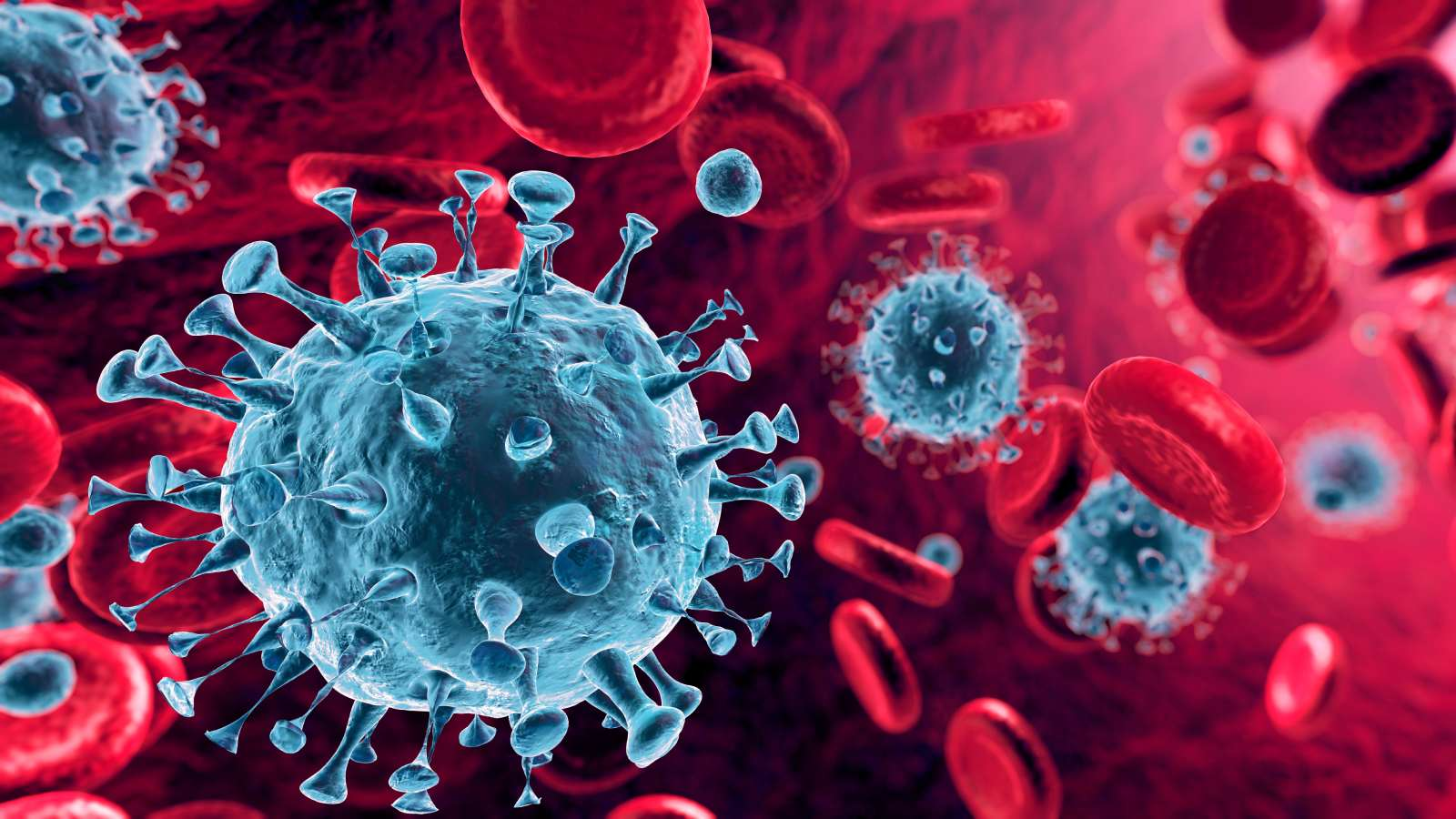Referred to as “Disease X” during the initial investigation due to its unknown origins, the illness claimed the lives of over 143 people, predominantly women and children, and infected nearly 600 individuals.
The Democratic Republic of the Congo (DRC) has been grappling with an outbreak of a deadly disease that initially baffled medical experts and health authorities.
Recent findings have confirmed that the mysterious disease is, in fact, a severe form of malaria manifesting as a respiratory illness, exacerbated by malnutrition. This revelation highlights the persistent challenges of combating malaria, particularly in the African region, which bears the heaviest burden of the disease globally.
The Mystery of Disease X: From Speculation to Diagnosis
When the outbreak first emerged in October, the unidentified illness raised alarms both nationally and internationally. Dubbed “Disease X,” a term coined by the World Health Organization (WHO) for hypothetical unknown pathogens with pandemic potential, the disease’s origins and nature remained elusive.
Early reports indicated that the illness primarily affected children, with symptoms resembling those of a flu-like respiratory condition. The high fatality rate and rapid spread of the disease fueled fears of a new epidemic in a country already grappling with significant health challenges.
After months of investigation and analysis, the Congolese health ministry announced that the disease had been identified as a severe form of malaria. According to the ministry, the outbreak affected 592 individuals, with a fatality rate of 6.2%.
Read : UN Adds Israel to Global List of Offenders Harming Children
Severe malaria, often caused by Plasmodium falciparum, can present with diverse symptoms, including respiratory distress, particularly in individuals weakened by malnutrition.
Read : New ‘X’ Disease Can Be Deadlier Pandemic Than COVID-19: WHO
This confirmation brings some relief, as the mystery surrounding “Disease X” has been resolved. However, it underscores the urgent need for enhanced malaria control measures in the DRC, a nation already identified by the WHO as having one of the highest malaria burdens in the world.
Malaria: A Persistent Global Health Threat
Malaria remains one of the most significant global health challenges, particularly in sub-Saharan Africa. The WHO’s latest World Malaria Report estimated 263 million cases and 597,000 malaria-related deaths worldwide in 2023, with the majority of these occurring in the African region.
Despite decades of progress, the disease continues to claim lives, particularly among vulnerable populations such as children under five and pregnant women.

In the DRC, malaria accounts for 11% of global cases and deaths, making it a leading public health concern. Factors contributing to the high burden include limited access to healthcare, inadequate prevention measures, and socioeconomic challenges that hinder effective malaria control.
Efforts to combat malaria globally have yielded significant progress, with an estimated 2.2 billion cases and 12.7 million deaths averted since 2000. However, the disease’s persistence, particularly in high-burden countries like the DRC, highlights gaps in prevention, diagnosis, and treatment.
Approximately 95% of global malaria deaths occur in the African region, where many individuals lack access to essential services, such as insecticide-treated bed nets, antimalarial medications, and diagnostic tools.
Lessons Learned and the Path Forward
The recent outbreak in the DRC serves as a stark reminder of the need for robust health systems capable of responding to emerging health threats. The misidentification of malaria as “Disease X” illustrates the challenges of diagnosing and managing diseases in resource-limited settings, where healthcare infrastructure and surveillance systems are often inadequate.
Addressing these challenges requires a multi-faceted approach. First, investment in healthcare infrastructure is crucial to ensure that populations at risk have access to prevention, diagnosis, and treatment services. This includes expanding the availability of insecticide-treated bed nets, indoor residual spraying, and effective antimalarial drugs.

Second, strengthening disease surveillance systems is essential to detect and respond to outbreaks promptly. This involves training healthcare workers, improving diagnostic capabilities, and leveraging technology for real-time data collection and analysis.
Third, addressing the underlying social determinants of health, such as poverty, malnutrition, and lack of education, is critical to reducing vulnerability to diseases like malaria. Efforts to improve living conditions, ensure food security, and provide access to clean water and sanitation can significantly impact malaria prevention and control.
Finally, international collaboration and sustained funding are vital to support malaria control programs in high-burden countries. Initiatives such as the Global Fund to Fight AIDS, Tuberculosis, and Malaria, and the President’s Malaria Initiative, play a critical role in providing resources and technical assistance to countries like the DRC.
The recent outbreak also underscores the importance of continued research and development to combat malaria. Advances in vaccine development, such as the RTS,S/AS01 malaria vaccine, offer hope for reducing the disease’s impact in endemic regions.

Additionally, innovations in vector control, such as gene-editing technologies to reduce mosquito populations, hold promise for long-term malaria eradication efforts. The identification of “Disease X” in the DRC as a severe form of malaria highlights the challenges of managing public health crises in resource-limited settings.
While the resolution of the mystery provides some relief, it underscores the ongoing threat posed by malaria, particularly in sub-Saharan Africa. The outbreak serves as a wake-up call for the global community to redouble efforts to combat malaria and strengthen health systems to prevent future outbreaks.
As the DRC and other high-burden countries continue to grapple with malaria, the lessons learned from this outbreak can inform strategies to enhance disease prevention, diagnosis, and treatment.
By addressing the root causes of malaria and investing in innovative solutions, the global community can move closer to achieving the ultimate goal of malaria eradication.

